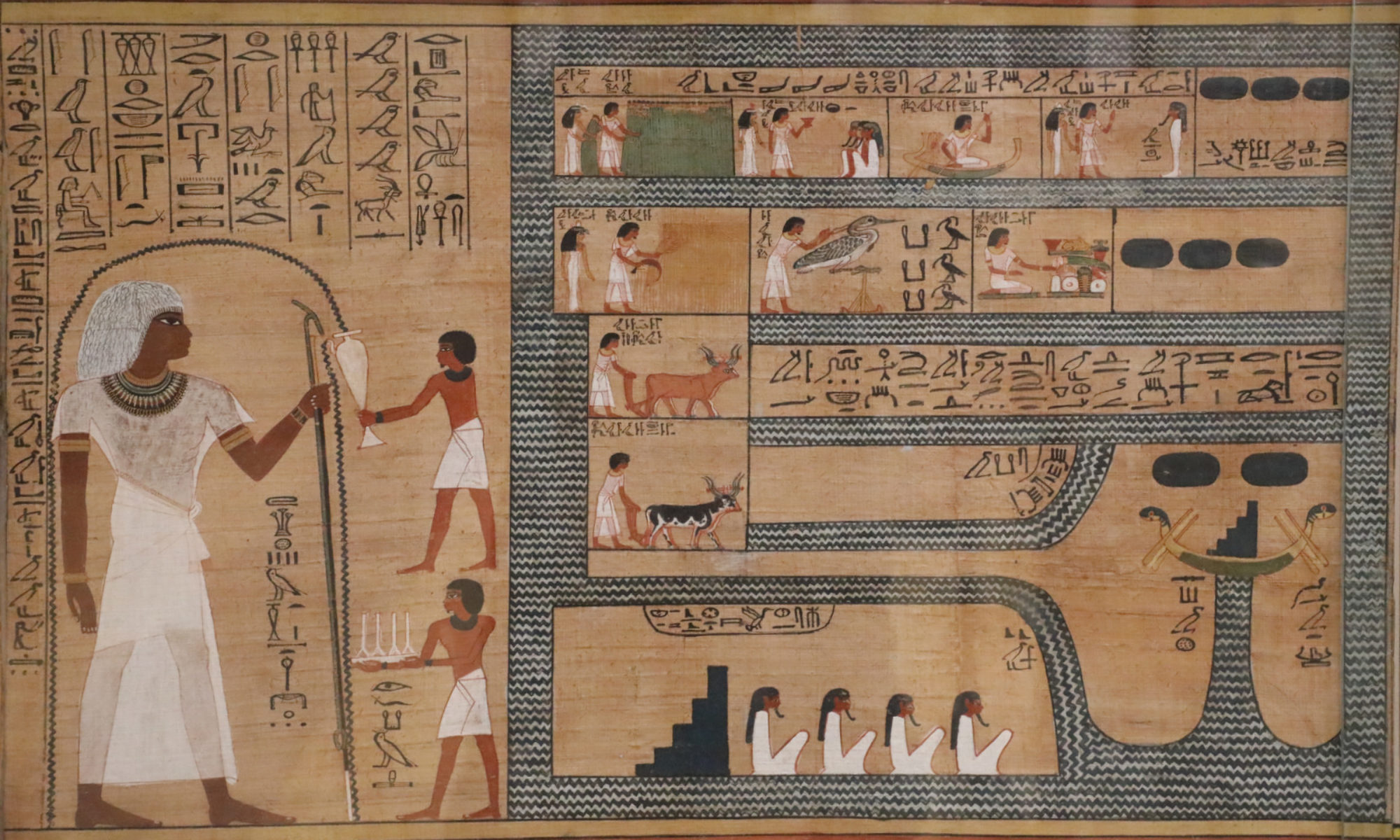Light cyan and light magenta inks are used in photo imaging to reduce the graininess (dot visibility) of the image. Nearly inkjet photo printers utilize those. The dark C, M ink dots, when printed in highlight areas, such as sky, snow, human skin etc. may be visible to human eye. Light Cyan (LC) and Light Magenta (LM) (also known as Photo Cyan and Photo Magenta) have the same shade as C and M, but are lighter. Often they have the same colorant as the dark cyan and dark magenta, but the colorant load is reduced. The colorant load is such that the single dots are no longer visible.
If a ramp of a cyan colors is printed with increasing optical density, only light cyan is used over light cyan areas. As the optical density of the cyan patches increase, the dark cyan ink is also added. It is used however over the area where the dots start to overlap and the single dot visibility is no longer an issue. The same applies to Magenta.
The light inks are also needed for the black ink, partially, for the same reason; this is how the gray inks were developed (see discussion below). There is no need in light yellow inks as the full dye load yellow dots are still very light and not visible.
The alternative to the light inks is to use a smaller drop volume of cyan and magenta (in 1-2 picoliter range, compared to 5-10 pL) in the light area of the print. It is rarely used as drops with this size are more difficult to produce and to control.

Figure 1. HP 58 Photo ink cartridge with light cyan, light magenta and photo black (dye-based) ink. The printhead has been discontinued (to the best of my knowledge).
